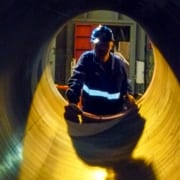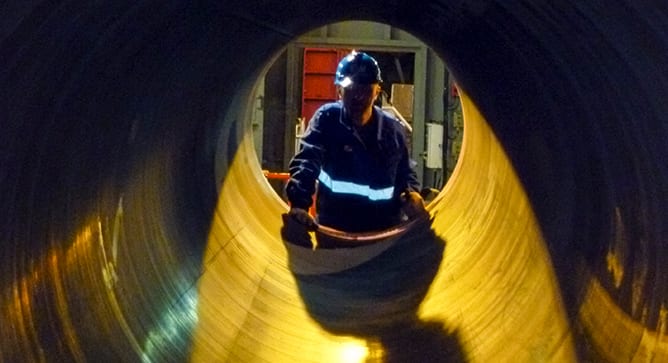News & Views, Volume 50 | Material Verification for Oil and Gas Clients
PIPELINE INTEGRITY SOLUTIONS
By: Scott Riccardella and Roger Royer
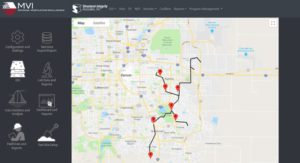 On October 1, 2019, the Pipeline and Hazardous Materials Safety Administration (PHMSA) published amendments to 49 CFR Parts 191 and 192 in the Federal Register, issuing Part 1 of the Gas Transmission Mega-Rule or “Mega-Rule 1”. In advance of Mega-Rule 1, SI developed field protocol and supported leading industry research institutes in validating in-situ Material Verification (MV) methodologies. SI has continued to provide MV consulting support to our clients in response to Mega-Rule 1, ranging from program development and implementation to in-situ field data collection and analysis.
On October 1, 2019, the Pipeline and Hazardous Materials Safety Administration (PHMSA) published amendments to 49 CFR Parts 191 and 192 in the Federal Register, issuing Part 1 of the Gas Transmission Mega-Rule or “Mega-Rule 1”. In advance of Mega-Rule 1, SI developed field protocol and supported leading industry research institutes in validating in-situ Material Verification (MV) methodologies. SI has continued to provide MV consulting support to our clients in response to Mega-Rule 1, ranging from program development and implementation to in-situ field data collection and analysis.
Various sections of Mega-Rule 1 require operators of natural gas transmission pipelines to ensure adequate Traceable, Verifiable, and Complete (TV&C) material records or implement a MV Program to confirm specific pipeline attributes including diameter, wall thickness, seam type, and grade. Operators are now required to define sampling programs and perform destructive (laboratory) or non-destructive testing to capture this information and take additional actions when inconsistent results are identified until a confidence level of 95% is achieved. Opportunistic sampling per population is required until completion of testing of one excavation per mile (rounded up to the nearest whole number).


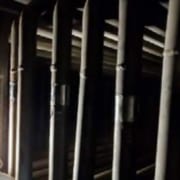
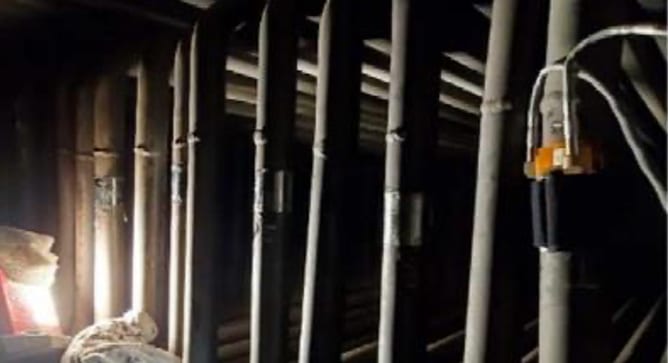 By: Jason Ven Velsor, Roger Royer, and Ben Ruchte
By: Jason Ven Velsor, Roger Royer, and Ben Ruchte
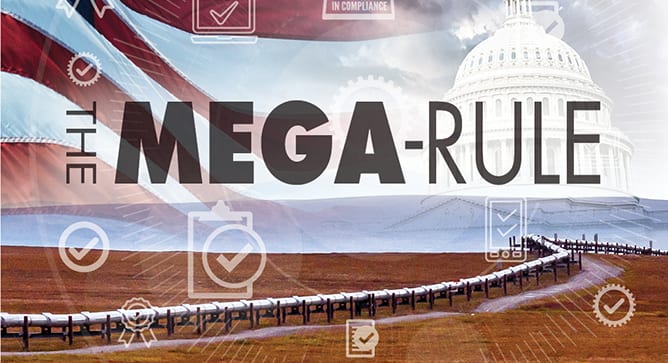
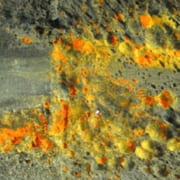
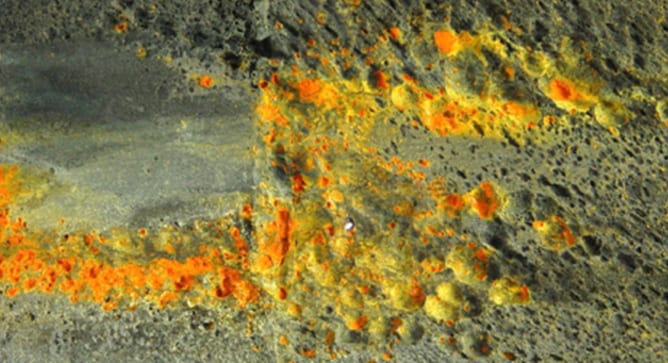 Structural Integrity recently had the opportunity to support a client’s emergent needs when their Standby Service Water (SSW) piping system experienced a pinhole leak just downstream of a valve. Concerned about other locations in the piping system with similar configurations, the site asked SI to assist with the expedited development of assessment and disposition plans for these other components. In response, SI was able to lean on our core competencies in failure analysis, advanced NDE inspection, and flaw evaluation to develop and deploy a comprehensive solution that met our client’s expedited timeline and helped them to mitigate the threat of future unplanned outages. The following sections outline how SI utilized our in-depth knowledge, cutting-edge technology, and world-class engineering to meet our client’s needs.
Structural Integrity recently had the opportunity to support a client’s emergent needs when their Standby Service Water (SSW) piping system experienced a pinhole leak just downstream of a valve. Concerned about other locations in the piping system with similar configurations, the site asked SI to assist with the expedited development of assessment and disposition plans for these other components. In response, SI was able to lean on our core competencies in failure analysis, advanced NDE inspection, and flaw evaluation to develop and deploy a comprehensive solution that met our client’s expedited timeline and helped them to mitigate the threat of future unplanned outages. The following sections outline how SI utilized our in-depth knowledge, cutting-edge technology, and world-class engineering to meet our client’s needs.